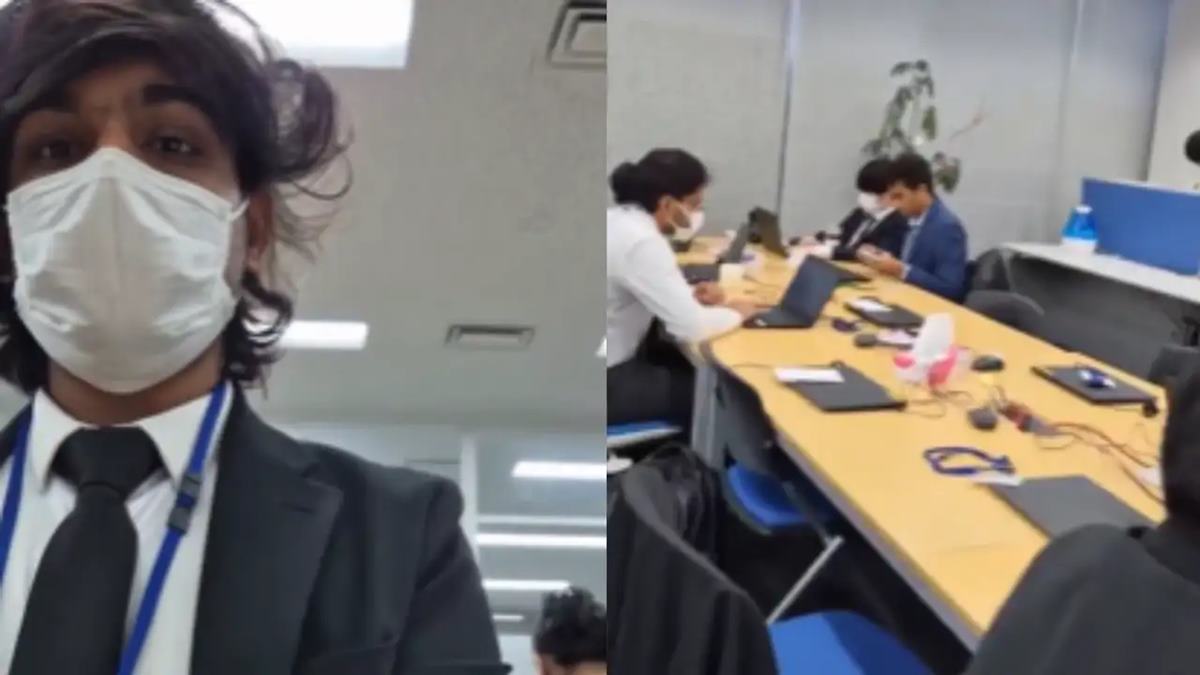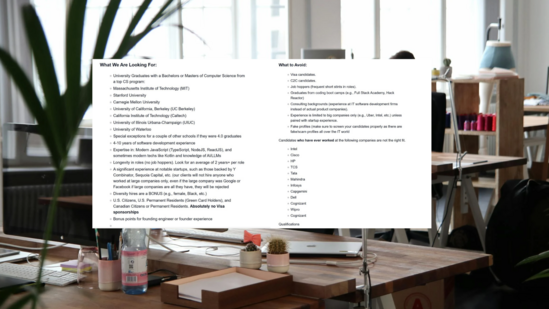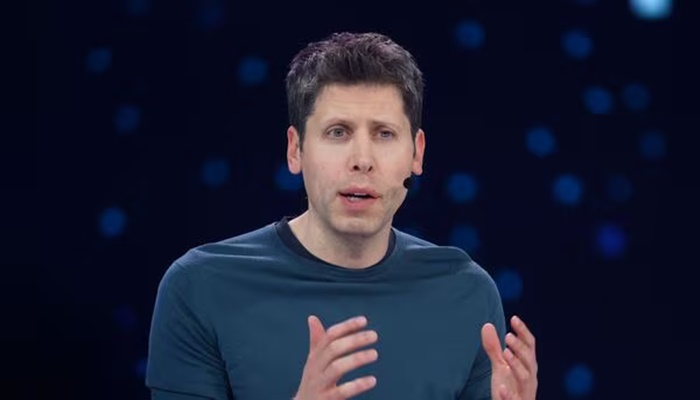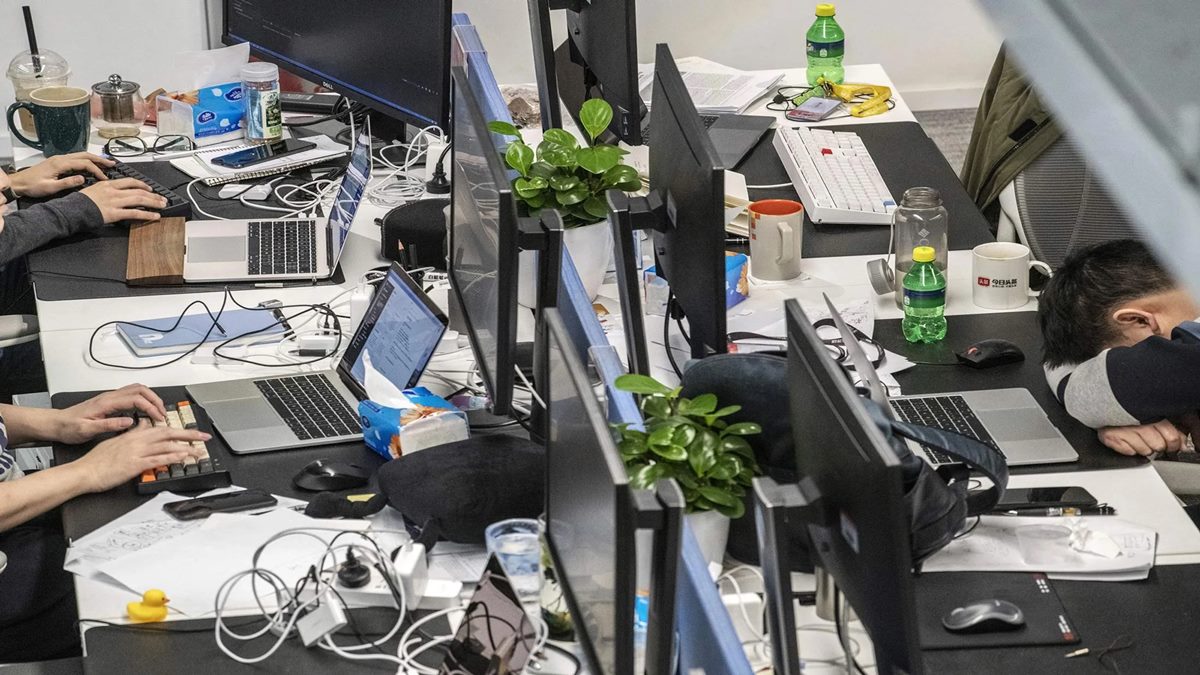Let’s set the scene. It’s Friday afternoon, your meetings are done for the week, and you can feel your brain slowly starting to shut down ready for the weekend.
You might spend a little longer than usual checking emails, dragging out your remaining tasks, or picking and choosing the work that feels easiest in that moment.
Spoiler: You’re a task-masker.
Task masking is becoming a more-frequently-used term to describe employees who make it look like they’re getting a lot done during their working day – but are actually doing very little.
That might include opting for ‘low-value’ tasks rather than the stuff that matters, making you appear productive without having any real impact.
But, while it may be easier to jump to conclusions and brand it laziness – experts are now saying that the workplace buzzword could actually be hiding a bigger problem – and it’s one you need to address quickly.
“One of the biggest reasons I see people do task masking is to hide problems with burnout. When employees are mentally exhausted, they tend to complete tasks that feel easy and manageable, even if they aren’t impactful or useful to their workflow. The problem with this is these tasks don’t move projects forward”, says Guy Thornton, founder of PracticeAptitudeTests.com.
By definition, burnout is “a state of physical, mental, and emotional exhaustion caused by prolonged, unmanaged stress, often from chronic workplace issues.”
“In essence, task masking acts as a short-term coping mechanism, giving a sense of control and helping protect against further stress. Over time, it breaks down true productivity. Work gets delayed, progress slows, and a cycle forms where feeling stuck and overwhelmed only worsens”, Guy adds.
“This is why it’s so important for management to spot task masking early where they can. Common signs include employees over-researching instead of executing tasks, delaying responses to messages even though they were contacted hours ago, or consistently submitting work right before deadlines.”
So, how can you address the problem head-on, whether you’re a manager yourself, or simply an employee feeling the effects of tasking masking?
“To tackle task masking in the workplace, avoid jumping to conclusions or turning task tracking into surveillance. Instead, check in and ask whether employees are finding anything particularly challenging and focus on offering support instead of being accusatory”, Guy advises of bosses.
“Regular catch-ups with open and honest conversations can help uncover whether someone is struggling with burnout or a heavy workload, which may be leading to task-masking behaviours.
“Managers can also help reduce overwhelm by setting small, achievable goals. This gives employees more control over their work and helps them direct their energy more effectively.
He concludes: “Building in these manageable goals can also help those struggling with burnout to rebuild momentum and confidence. If they are working towards realistic deadlines and have space to complete achievable tasks, they are more likely to re-engage with their work.
“Finally, and most importantly, employers need to create a culture of trust and honesty. If employees feel safe admitting they are struggling with burnout or workload, rather than hiding behind task masking, it can reduce burnout, restore genuine productivity, and make the workplace a better environment for everyone.”
Source – https://www.indy100.com/lifestyle/task-masking-health-concern-work-burnout-advice-explained




















